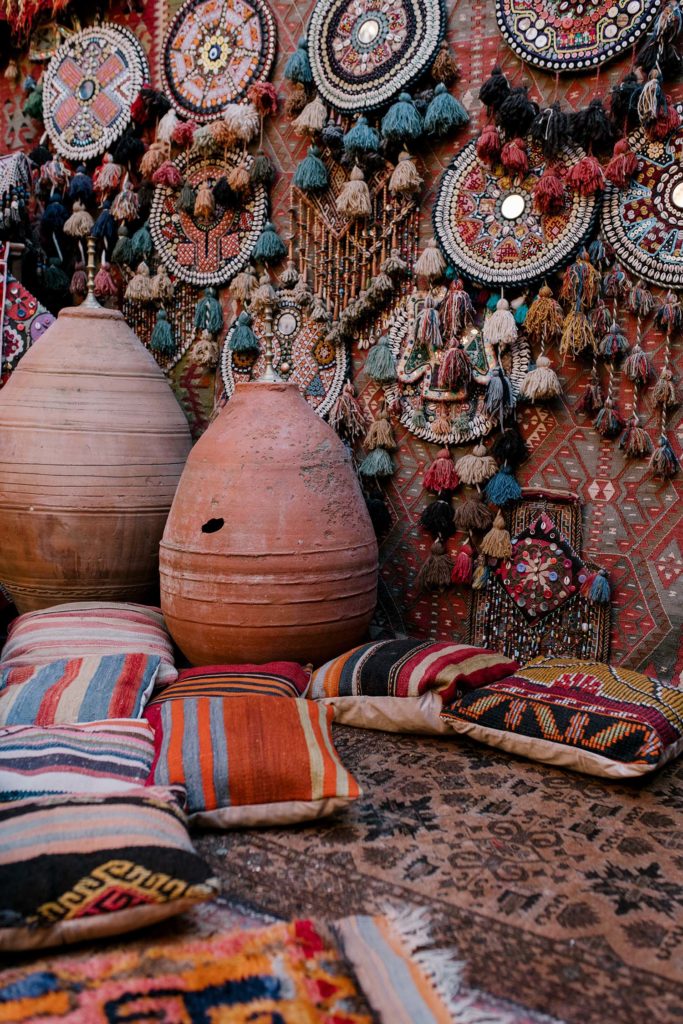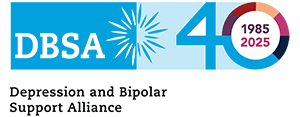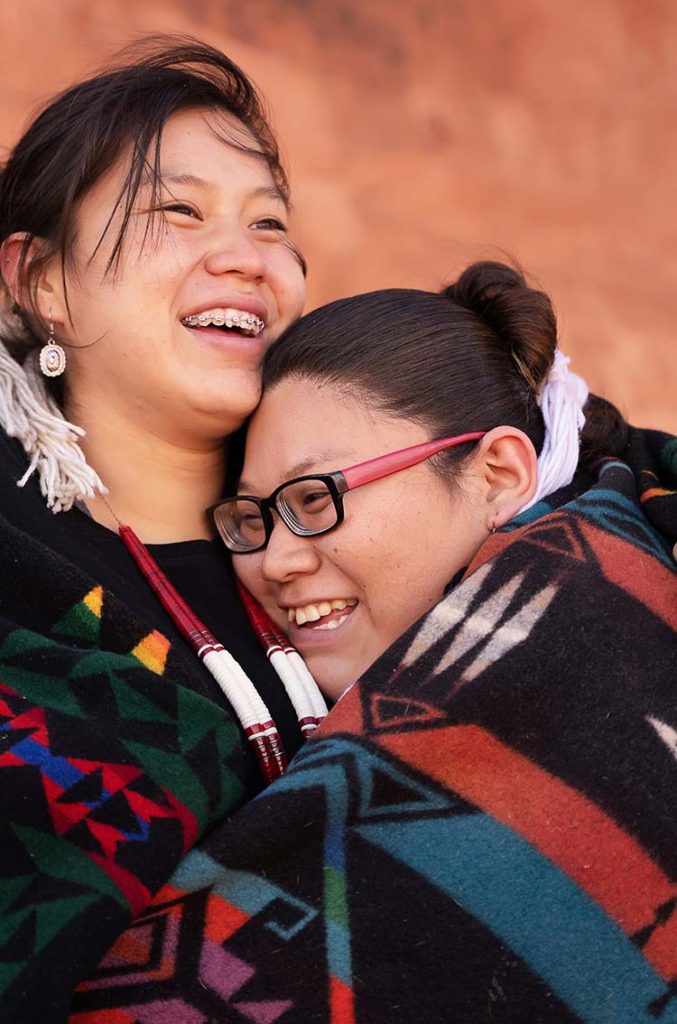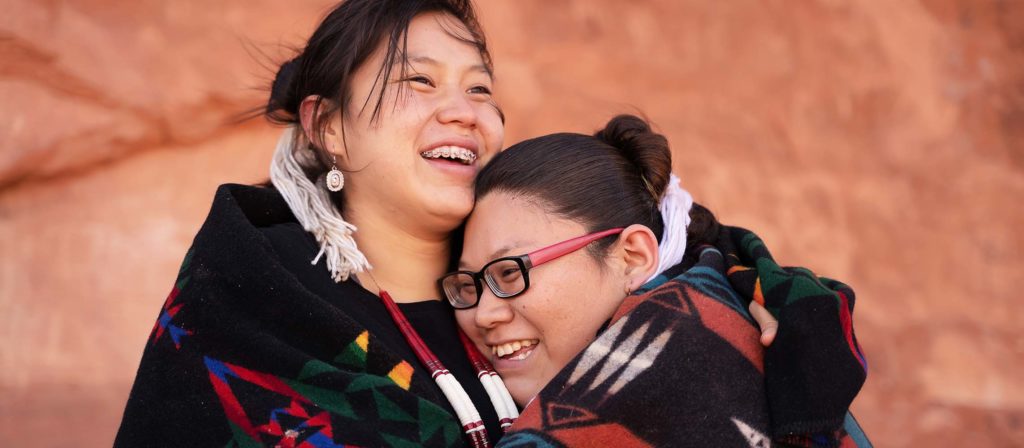Other Factors
Treatment concerns
Beliefs around mental health conditions and the causes vary widely among native people. In general, native culture recognizes an overlap between the physical and psychological, and native people sometimes show mental health symptoms in ways that are not well-documented in U.S. medicine or consistent with standardized diagnostic criteria.
Native people who meet the criteria for depression, anxiety, or substance use disorders will often seek help from a spiritual or traditional healer instead of a doctor.
Because of historical violence and mistreatment, Native people also express a higher level of medical mistrust than white people.
When native people do access care, they often receive care that does not address their unique cultural needs.
Trauma
Racial trauma, also called race-based traumatic stress, describes the mental and emotional damage caused by encounters with racism, racial or ethnic discrimination, and hate crimes. Any individual that has experienced a racist incident is at risk of suffering from race-based traumatic stress.
Indigenous peoples have experienced violence, dehumanization, oppression, and genocide at the hands of colonizers and the U.S. government. This historical trauma (defined as “cumulative emotional and psychological wounding, over the lifespan and across generations, emanating from massive group trauma experiences”) still affects Indigenous peoples today.
This historical trauma has resulted in Indigenous people’s forced relocation and land dispossession, epidemics, and forced assimilation and sterilization. These traumas continue to happen today.
Access to care
About 15 percent of indigenous people are uninsured, compared to 6 percent of whites.
Many indigenous people reside in rural areas where access to mental health services is severely limited. Additionally, most clinics and hospitals of the Indian Health Service are located on reservations, yet the majority of Native Americans no longer reside on reservations.
Substance use
Because of the generational trauma inflicted upon indigenous communities, substance use is sometimes a coping mechanism. Data indicates that Native Americans have the highest rates of alcohol, marijuana, cocaine, inhalant, and hallucinogen use disorders compared to other ethnic groups.
Additionally, substance use and addiction are major concerns among indigenous youth. Results of a 2018 survey show nearly 1 in 5 Native American young adults (aged 18-25 years) has a substance use disorder. The survey also indicates approximately 4 in 10 Native American youth (aged 12-17 years) have a lifetime prevalence of drug use.
Suicide
According to SAMHSA, suicide is the second leading cause of death among American Indian and Alaska Native youth ages 8 to 24. Suicide rates for Native youth are more than double the rate of white youth. The overall death rate from suicide for American Indian/Alaska Native adults is about 20 percent higher as compared to the non-Hispanic white population.

Quick Facts
- Native/Indigenous people in America start to use and abuse alcohol and other drugs at younger ages, and at higher rates, than all other ethnic groups. (American Psychiatric Association)
- About 43% of Indigenous people in the U.S. rely on Medicaid or public healthcare coverage. (U.S. Department of Health and Human Services Office of Minority Health)
- The incidence of postpartum depression symptoms in Native Americans is over 23 percent, which is significantly higher than even the most liberal estimates in other populations. (The American Journal of Maternal/Child Nursing)
Resources
DBSA Support Groups
DBSA support groups give people living with depression and bipolar disorder a safe, welcoming place to share experiences, discuss coping skills, and offer each other hope.
Education
People who live with mood disorders can more readily achieve wellness when they recognize the symptoms and understand the issues related to this spectrum of conditions.
Wellness Tools
Each person’s wellness journey is unique. With that in mind, DBSA has developed tools to help you take the first steps and to determine what support you may need along the way.
Find a Therapist
If you’re thinking about starting therapy, mapping out your wellness goals and values can help you find the right therapist for you.




